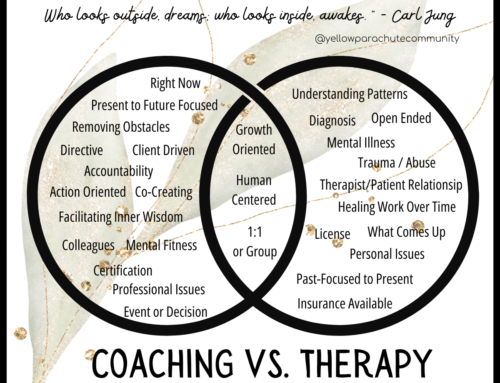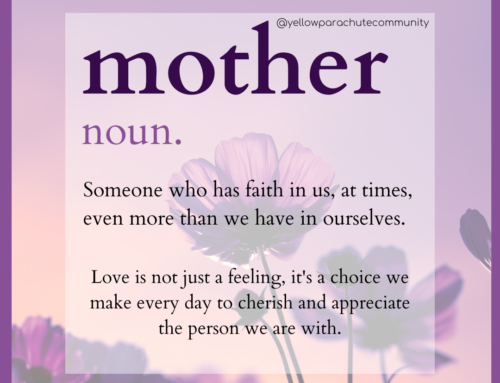You may be surprised to know that not everything we do at Yellow Parachute is original to us. (Wink.)
Part of our passion is to take the best habits, proven successful over time, and bring them to our students, families, and colleagues. You’ll find a great example of this research in the Rocks, Pebbles, Sand metaphor used widely by business professionals and educators around the world.
Well-known and respected educator, business professional, and author Stephen R. Covey offered a powerful metaphor for prioritizing time.
This metaphor demonstrates how a paradigm shift can help you achieve the big things on your to-do list while managing the little things.
Let’s unpack the metaphor, enjoy a clip of Covey demonstrating how it works, and give you a 4 Step Process you can use today!
No matter what stage of life or the roles you play, HOW YOU USE YOUR TIME sets you apart from everyone else. When you improve how you spend your time, you improve your productivity.
…And, as a result, your happiness and satisfaction with life. Let’s go!
First, the materials:
- 🌟 Big Rocks = Most Important
- 🥈 Pebbles = Medium Importance
- ☑️ Sand = Smaller Items
The big rocks symbolize the things that are the most important in your workload 🌟.
The pebbles represent everything of medium importance 🥈.
And, finally, the sand represents all of the smaller items that are less important in your work ☑️ .
Watch what happens in the video! What’s the lesson?
Use the metaphor today: A Powerful 4-Step Approach to Prioritizing Your Time
Step 1: Identify your big rocks.
- Considering your roles, your strengths, and your goals, what should you be prioritizing?
- What do the other people in your life need from you?
- Given your strengths, skills, expertise, capabilities, and roles, where does your time add the biggest impact?
- If this sounds overwhelming, who can you ask for help?
- Most importantly, schedule it now!
Step 2: Identify your pebbles.
- What are other things that you need to be spending time on, things that are important, but not as important or not as necessary?
- If these less meaningful things are hard to get motivated to do, who can you ask to help hold you accountable?
- Most importantly, schedule it now!
Step 3: Identify your sand.
- Often, your sand is the things that can feel urgent, but are not important as they may first seem. Things you feel you need to take care of right away, but that aren’t actually as important as a lot of the other things on your plate.
- Sand is usually things that distract you and take away your ability to focus and be productive.
- How can identify and move the “sand” further down on your list? Most importantly, (you know the drill) schedule it now!
Step 4: Reflect on how you could reprioritize your to-do list.
- Consider how you could reprioritize and reorder your to-do list to better take into account what is most important and what is less important.
How will you use this metaphor to transform your time today? The rocks, pebbles, sand metaphor forms a HUGE part of the transformational process that students, parents, and teachers experience through our Leaders of Tomorrow and Do What Matters Most courses.
Contact us to find out about upcoming courses and hiring opportunities!
Yours in the Journey,
Cara







